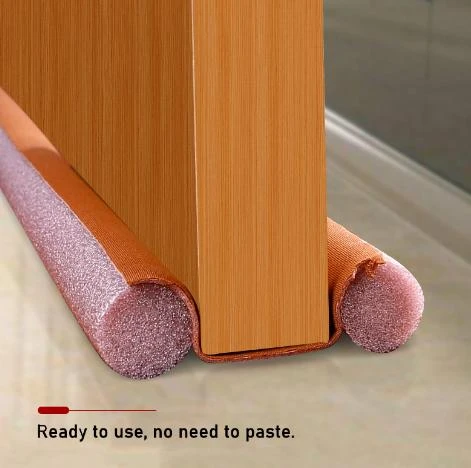Steps to Change the Oven Door Seal for Optimal Performance
How to Replace the Seal on an Oven Door
Your oven is one of the most important appliances in your kitchen, and its efficiency directly affects your cooking results. A common problem that can arise with ovens is a worn or damaged door seal. A faulty oven door seal can lead to heat escaping from the oven, resulting in uneven cooking times and increased energy bills. Fortunately, replacing the seal on an oven door is a straightforward DIY task that you can accomplish with a few basic tools and a little patience. This article will guide you through the steps to replace the seal on your oven door effectively.
Understanding the Oven Door Seal
Before diving into the replacement process, it's essential to understand the function of the oven door seal. The seal, typically made of rubber or silicone, creates an airtight barrier around the oven door when closed. This barrier helps retain heat and ensures that your oven operates efficiently. Over time, seals can become worn, cracked, or dirty, leading to problems. Signs that your oven door seal may need replacing include visible wear, food residue stuck in the seams, or a noticeable temperature difference inside the oven during cooking.
Tools and Materials Needed
To replace the seal on your oven door, you will need
- A new oven door seal (make sure to purchase one specific to your oven model) - A pair of scissors (if necessary) - Cleaning cloth or sponge - Mild detergent - Screwdriver (if your oven seal is secured with screws)
Step-by-Step Guide
1. Turn Off and Unplug the Oven Safety should always come first. Ensure your oven is turned off and unplug it from the electrical outlet. If your oven is gas-powered, turn off the gas supply.
how to replace the seal on an oven door

2. Remove the Old Seal Depending on your oven model, the seal may be held in place either by a simple clip, adhesive, or screws. Start by carefully peeling the old seal away from the door. If there are screws, use a screwdriver to remove them before taking off the seal completely.
3. Clean the Oven Door Once the old seal is removed, take a moment to clean the area around the door frame. Use a sponge or cloth with a mild detergent to remove any food residue or grease that may have accumulated. This step is crucial as it ensures that the new seal adheres properly.
4. Prepare the New Seal If your new seal comes in a continuous loop, you might need to cut it to length or shape it to fit your oven door. Follow the manufacturer’s instructions for sizing and fitting.
5. Install the New Seal Begin at one corner of the door frame and press the new seal into place. If your model uses clips or screws to hold the seal, make sure to secure it as you work your way around the door. Ensure that the seal fits snugly against the frame to prevent any heat from escaping.
6. Check for Gaps After the new seal is in place, carefully inspect it to ensure there are no gaps. A proper fit is vital for effective sealing and optimal oven performance. If there are gaps, adjust the seal accordingly.
7. Test the Oven Once the new seal is installed, plug the oven back in or, if applicable, turn the gas supply back on. Run the oven at a moderate temperature for a short period and check for any signs of heat escaping from the door. If everything is sealed correctly, you should notice a marked improvement in heat retention.
8. Regular Maintenance To prolong the life of your new oven door seal, regularly inspect it for signs of wear and tear. Clean the seal gently and avoid using abrasive materials that may damage it.
Conclusion
Replacing the seal on your oven door may seem daunting, but with the right tools and a little guidance, it can be a simple task. A new, well-fitted seal will enhance your oven's efficiency, save energy, and improve your cooking results. By taking the time to maintain your appliance, you will ensure that it serves you well for years to come. Happy cooking!
-
Under Door Draught Stopper: Essential ProtectionNewsJul.31,2025
-
Garage Door Seal and Weatherstrips for ProtectionNewsJul.31,2025
-
Edge Banding Tape for Perfect EdgesNewsJul.31,2025
-
Table Corner Guards and Wall Corner ProtectorsNewsJul.31,2025
-
Stair Nose Edging Trim and Tile Stair SolutionsNewsJul.31,2025
-
Truck Bed Rubber Mats for Pickup BedsNewsJul.31,2025
-
Window Weather Stripping for Noise ReductionNewsJul.29,2025